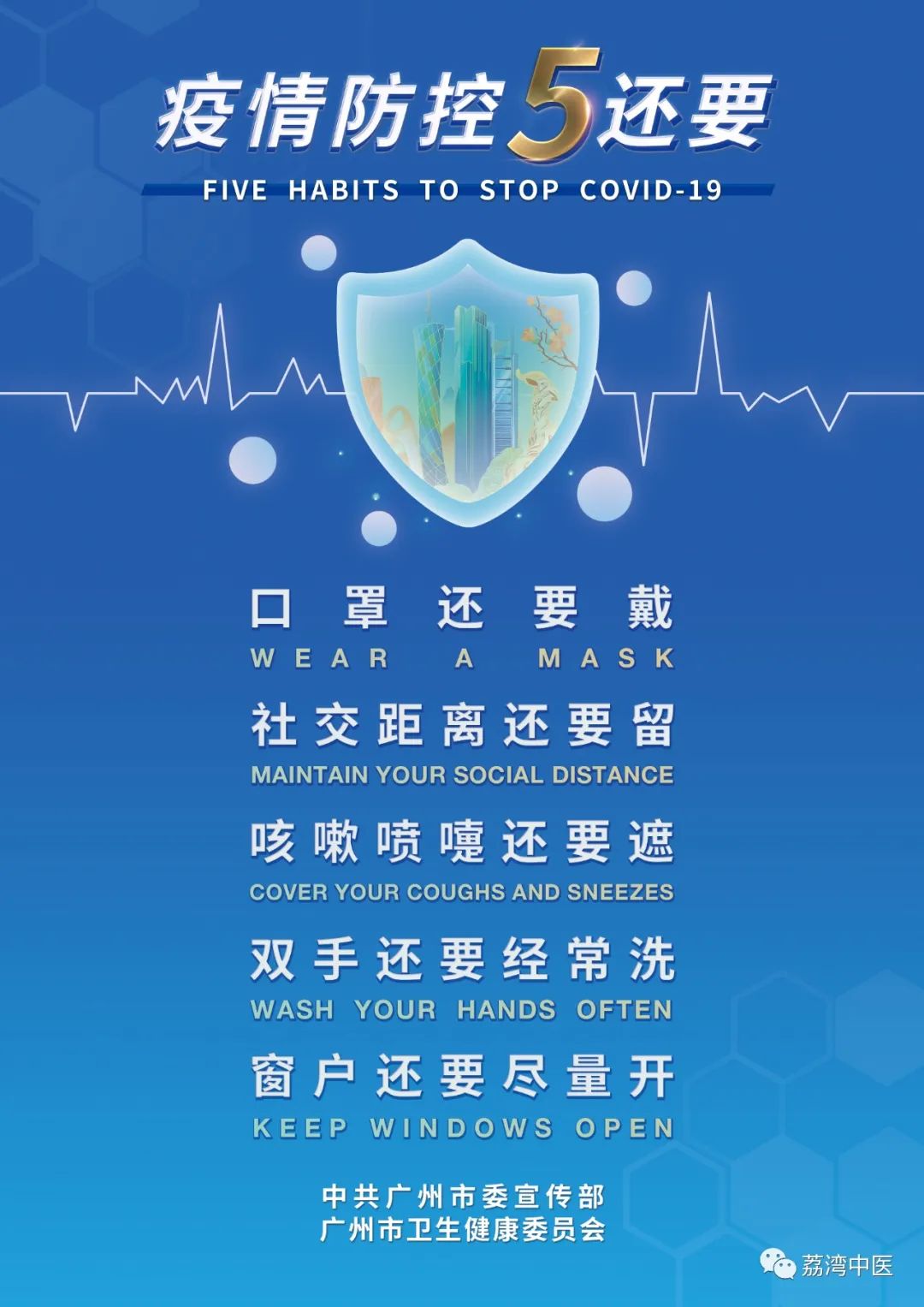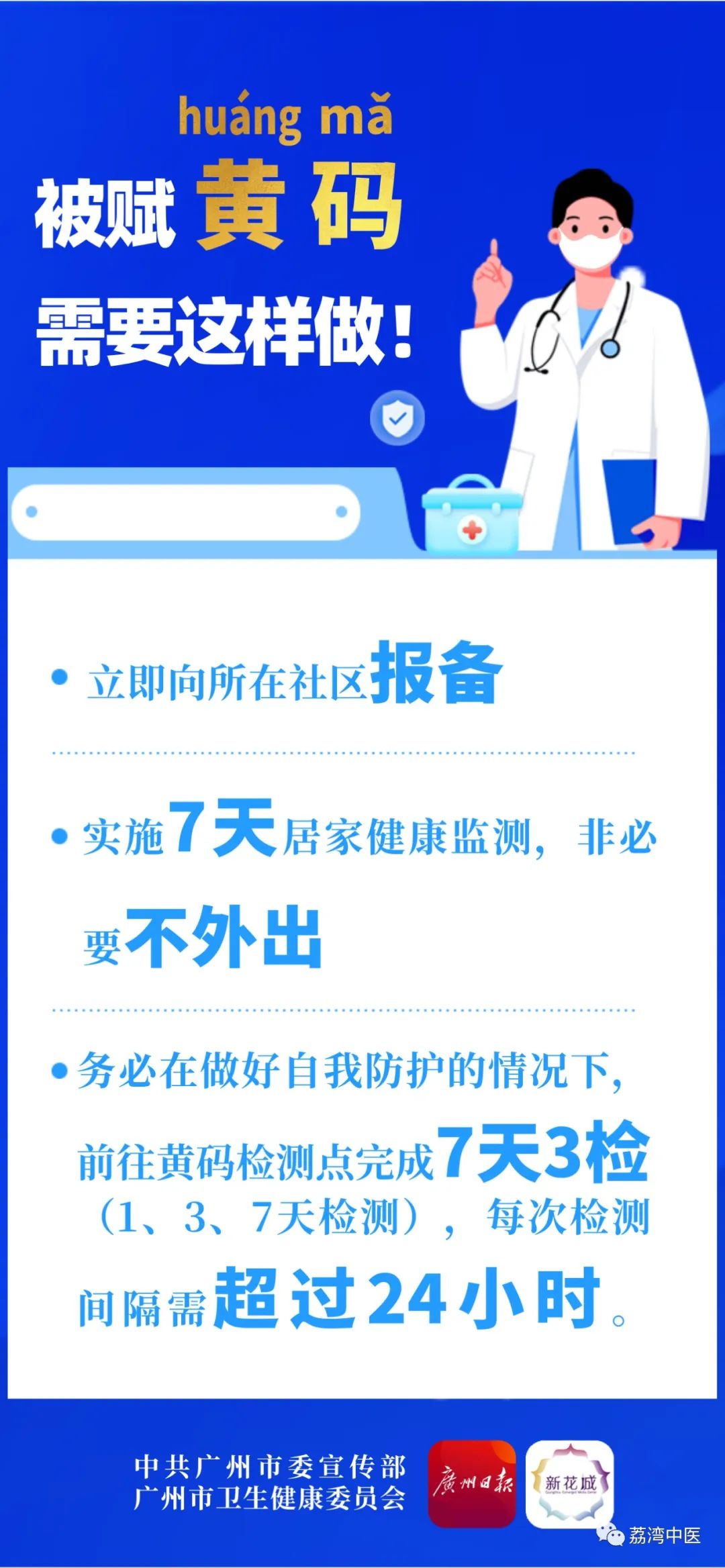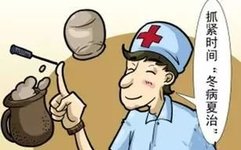The fire needle, first recorded in the Huangdi Neijing (Yellow Emperor’s Inner Canon), is a method of treating diseases by heating a needle until it is red hot and then quickly inserting it into acupuncture points on the body. The fire needle therapy has a history of thousands of years in China and has been continuously developed and refined by generations of physicians, becoming a unique treatment method within the acupuncture system.Fire needle therapy is simple to perform and produces rapid results, combining the effects of acupuncture and moxibustion. By transmitting heat energy through the needle to the joints and surrounding acupuncture points, it can fully exert the warming and unblocking effects of the fire needle, enhance the dispelling of wind, promote the absorption and transformation of blood stasis, and restore the smooth flow of meridians, thus alleviating pain. It effectively warms the meridians, invigorates blood circulation, disperses cold, and relieves pain. Fire needles are commonly used for conditions such as bi syndrome (painful obstruction), gastric ptosis, epigastric pain, diarrhea, dysentery, impotence, scrofula, urticaria, irregular menstruation, dysmenorrhea, pediatric malnutrition, and flat warts, moles, etc.The Miao fire needle is a therapy developed based on the fire needle, using the needle body as a carrier to deliver heat into the acupuncture points, stimulating them with extremely high temperatures to activate the meridian qi. It is an extension of the fire needle’s function, offering high efficacy with low damage, representing a reform and innovation in fire needle therapy.
Characteristics:
1. The Miao fire needle uses a standard disposable one-inch acupuncture needle, which is noticeably thinner, significantly reducing the pain of needling, making it acceptable for the elderly, weak, and children.
2. Clinically, the Miao needle is a cold needle, providing mechanical stimulation to the acupuncture points, while the Miao fire needle is a hot needle, using thermal energy to stimulate the points, which has the effects of warming yang and dispersing cold, tonifying deficiency, and enhancing the body’s immune function.
3. It can invigorate blood circulation, dispel stasis, relax the meridians, and warm yang to disperse cold, having a beneficial bidirectional regulatory effect. Clinically, it can be used for both cold and heat syndromes, but is more suitable for deficiency-cold syndromes.
The Sanfu Miao fire needle therapy is based on the TCM theory of “nurturing yang in spring and summer, treating winter diseases in summer.” It aims to treat diseases that are prone to recurrence or worsening in winter by performing supportive treatments in summer to boost the righteous qi, invigorate yang qi, expel cold pathogens, enhance the body’s defensive functions, and increase resistance to diseases, thereby achieving the goal of disease prevention and treatment.
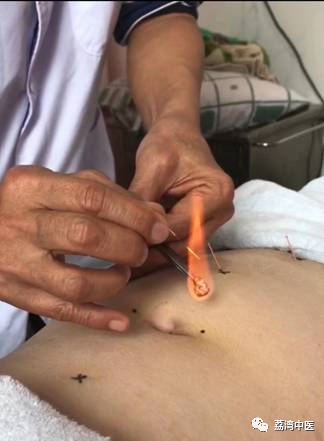
(Professor Zhong Shiyuan, a renowned TCM physician, performing Miao fire needle treatment for patients)
Professor Zhong Shiyuan, a renowned TCM physician in our department, has accumulated decades of expertise in using the Miao fire needle to treat neck, shoulder, waist, and leg pain, heavy dampness in the limbs, chest tightness, stomach pain, poor appetite, and diarrhea, achieving excellent therapeutic results, contributing to the efficacy of Sanfu Yang support.
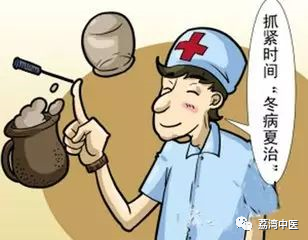
Fire needle care tips
1. After fire needle treatment, the local area may sometimes itch, which is a normal phenomenon. Do not scratch or expose it to water or wind.
2. After deep insertion of the fire needle, the needle hole may become red, or there may be small red dots raised above the skin, known as fire needle sore reaction. Frequent application of Wan Hua oil can help prevent and treat this.
3. Avoid or limit spicy and stimulating foods, eat light meals, and pay attention to rest, maintaining a pleasant mood without excessive fatigue.

Time: Monday, Tuesday, Thursday, Friday mornings
Location: Fourth floor of the Preventive Health Department, Guangya District, Liwan District Traditional Chinese Medicine Hospital
Professor Zhong Shiyuan’s TCM Clinic
Contributed by: Preventive Health Department
Reviewed by: Office
Edited by: Information Department
